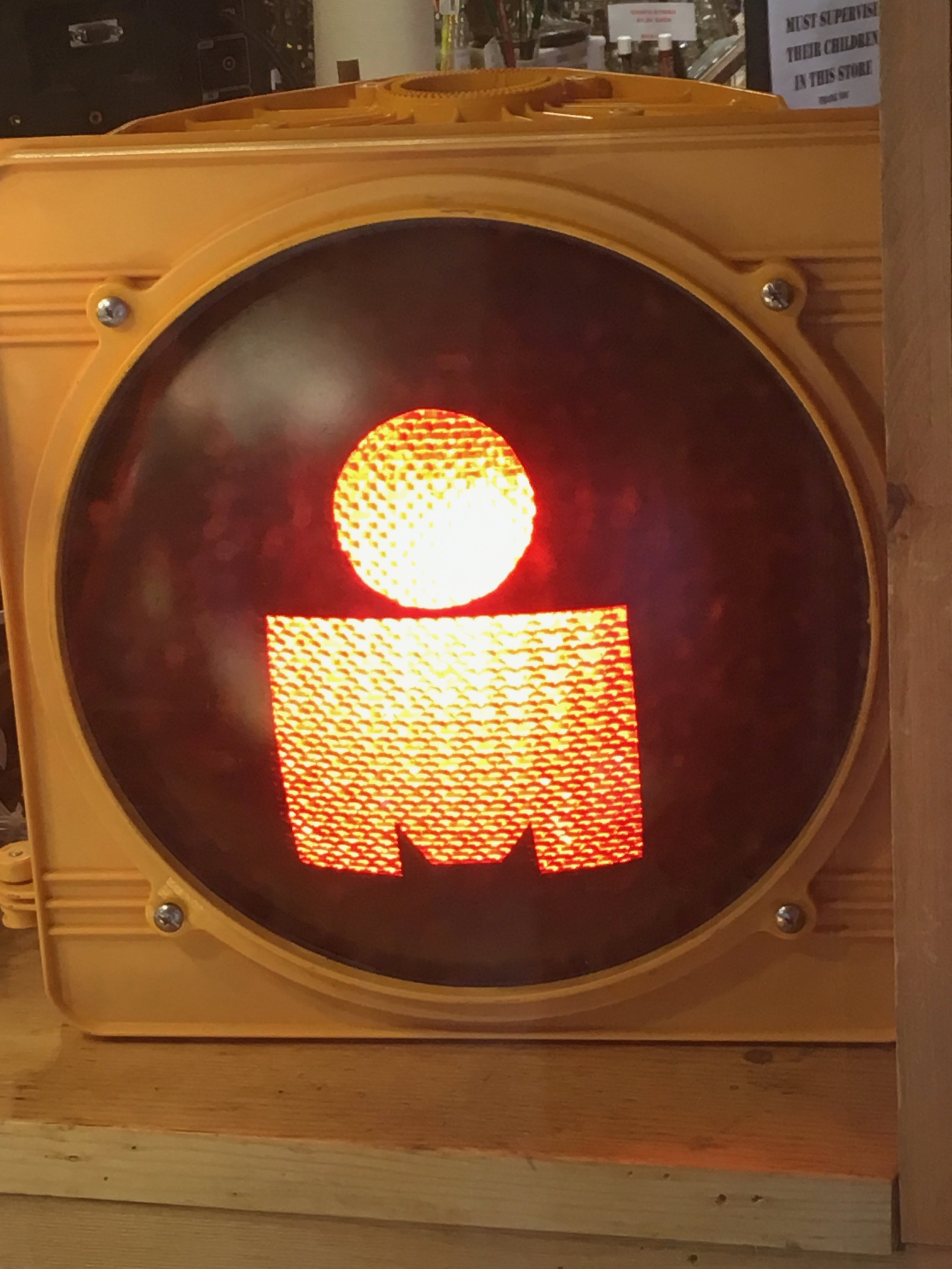The Endurance Drive crew traveled to Lake Placid, NY, in early June for an IRONMAN simulation weekend to prepare for IM Lake Placid in July. The weekend included two loops on the bike course (112 miles) and one loop of the run course (13.1 miles) on Saturday, and the second loop of the run course (13.1 miles) on Sunday. Cool temperatures and thunderstorms in the forecast kept us from swimming in Mirror Lake, but we came out of the weekend with a ton of race knowledge and a fitness bump that will carry us through the next eight weeks of training. Here are some key takeaways from our simulation:
Have a plan going into any training weekend or race. This means that you know beforehand what bike watts and/or heart rate you will aim to sustain during your ride, and what pace and HR you know you can hold for 26.2 miles on the run. Don’t experiment with going harder in the first half of either leg -- you’ll certainly pay for it later.
Bike pacing is key. It’s important to focus on having a smooth and sustainable bike pace if you want to run strong off the bike. This means that the first 56 miles should feel like a walk (or bike) in the park. The two loop course at IRONMAN Lake Placid is advantageous in this regard; when you come back into town for the first time, you want to feel fresh.
Nutrition can derail your race in a matter of minutes. On the bike, you should be drinking a few sips every 10 minutes and eating a few bites every 20 minutes. Fuel early and often on the bike because it’s easier to take in calories and carbs there than on the run. Also: if you don’t want to end up doubled over on the roadside and losing the contents of your stomach, always take gels with water!
You can be familiar with a course without being familiar with a distance. If you drive an IRONMAN course or bike or run parts of it, that’s good, but the bike and run are whole different animals on the second loop than on the first.
IRONMAN Lake Placid in particular is a challenging course. The bulk of the hills are in the second half of the bike loop. Most people lament the climbs from Wilmington back to Lake Placid -- the climb up Whiteface, and Goldilocks and the Three Bears -- but the truth is that the hills start as soon as you finish the descent into Keene. Be prepared to spend a significant amount of time in and out of aero, fighting your way home.
IRONMAN is a mental game. Your mind will go to some dark places, especially during the second half of the bike and run. Develop some strategies on hand that will help you get out of those dark places -- high five someone else on the course, repeat a mantra, think about all of the movies you like, force yourself to smile. Know what will help you boost morale and hit your mental second wind. Force yourself into these dark places by participating going long.
IRONMAN is hard! Just because a lot of people sign up for these races doesn’t make them easy. The reality is that most people do not properly train, and end up in survival mode from late in the bike or early in the run to the finish. To truly race an IRONMAN, you must be super fit and super tough -- well beyond what you thought you were capable of and what you thought was necessary.
Despite the challenge, IRONMAN is extremely rewarding. There is something very special about sweaty hugs, Strava caption brainstorming sessions, and burgers and ice cream to celebrate shared endurance accomplishments. Just think how great it will feel when you can share this feeling with the thousands of other racers and your entire support network on race day.
After a little bit of much-needed R&R, we’re excited to jump into another eight weeks of training this week. Our simulation weekend taught us that IRONMAN will be a challenge -- but we love challenges, and we’re confident that this is one we want to tackle head-on. Lake Placid, get ready, because the Endurance Drive is coming back to town. -Katie and Jim


